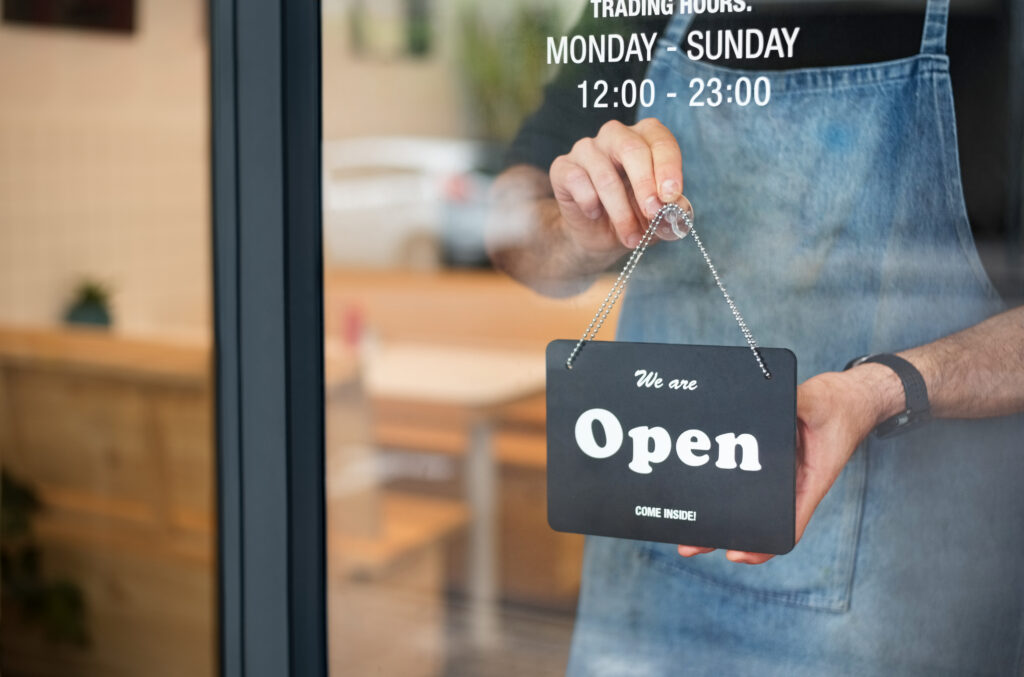2021 Trends in Call Tracking
When we sat down and wrote our post for last year’s trends in call tracking, we had no idea what 2020 truly had in store for us. Little did we know a global pandemic would completely reshape the modern workforce, impact the worldwide economy, and change how we work and communicate with each other both internally as businesses and with our customers. With so much in flux, it’s difficult to say with complete certainty where we see the industry moving this year, but key indicators lead us to believe that these following trends will take hold or at least become increasingly important for digital marketers and businesses in the months ahead.
Continued emphasis on digital, remote-friendly engagement with prospects
If you feel like your LinkedIn inbox is a little noisier this year, it’s probably a result of the deafening silence in convention halls and hotel banquet rooms across the country. With virtually all in-person events canceled this year due to the pandemic, companies have had to scramble to find new and creative ways to engage with their prospects when you can’t be meeting them face-to-face. Our own team at CallTrackingMetrics faced this challenge when we had to cancel an in-person event we were planning in June of 2020 and pivot to a fully online experience. We can say from experience that, while of course it would have been great to connect face-to-face with our community, our virtual summit in October showed that you can still forge connections and build relationships with your customers from the comfort of your laptop. Tips for moving forward are to personalize your outreach as much as possible and make the most of every interaction and touchpoint you have, knowing that your client or prospect is likely inundated with other messages. Consider leveraging tools like bulk text messaging to get in front of your customer faster and personalize the details, like Lice Clinics of America has done with their clients.

We also expect some methods like direct mail to come back into popularity this year, with marketers looking for every opportunity to connect with potential customers. We’re already spending a lot of our time at home, so it makes sense to try to reach your audience where they are—and that includes their physical mailbox. Direct mail may work best with existing customers or those with a proven interest in your brand, as a recent study indicated that 68% of consumers throw out direct mail if they don’t recognize the company or are not interested in its offerings.
Leveraging every communication channel
We all know the value of a phone call and the quality of your phone leads—yet don’t discount the other ways customers likely want to engage with your business. Chat, texting, and form fills are all valuable methods for your community to get in touch with you, and statistics show that they may even be preferred for many clients. Businesses everywhere, across any industry, should adopt an omnichannel communications strategy to be able to handle and optimize communications with customers in any format. Our e-book, Build Your Omnichannel Communications Strategy, is full of information on how to make sure you’re getting the most out of every channel, available for download here.
Instead of thinking of ways to provide a stellar phone experience versus a chat or text message experience, you’ll want to focus on unifying your messaging and service experience across your different communication channels. By adopting an omnichannel engagement strategy, you eliminate any disconnect customers may feel in interacting with your brand via different methods, and provide a seamless, consistent experience—no matter how they choose to contact you.
Investing in Google My Business and Local Services Ads
This year, make sure you’re taking advantage of free tools to ensure your business is getting discovered, especially when it may not always be clear if your business is open because of local shutdowns or restrictions. Building out your Google My Business account ensures that you deliver the most up-to-date information to customers and also come up in results when someone searches for your offerings or is searching on Google Maps. This helps improve your SEO, builds customer confidence thanks to user reviews, and also grants you access to important analytics. And yes, you can use a call tracking number on Google My Business… here’s how.

Likewise, Local Services Ads help you connect with people who search on Google for the services you offer. Local Service Ads are pay per lead, not click, so you’ll be able to bid on a per lead basis rather than paying for clicks that don’t result in anything. Home services providers especially should be cognizant of Google Guarantee, which is a badge on your ad indicating that you’re backed by the Google Guarantee (up to $2,000), instilling consumer confidence in your services or offering. Getting the Google Guarantee designation requires background checks, licenses, and insurance for the business and all customer-facing employees, but it could be well worth it for businesses looking to generate business this year and demonstrate that you’re committed to customer satisfaction. Google did also recently launch the option to upgrade your GMB profile and display the Google Guaranteed certification for a monthly fee, outside of Local Services Ads, so it will be interesting to see how Google continues to innovate in this space in the months ahead.
Increasing revenue, without increasing spend
Many businesses may be going into this year with a tighter budget in mind and making sure that they are generating a strong ROI from their campaigns. With a tool like CallTrackingMetrics, you can always be monitoring advertising performance as a way to test and optimize your efforts. This will also help you start to scale your impact, even without increasing your budget. Looking ahead, here are 7 ways businesses can get more out of their advertising spend, as well as how to understand where to prioritize ad budgets right now for impact.